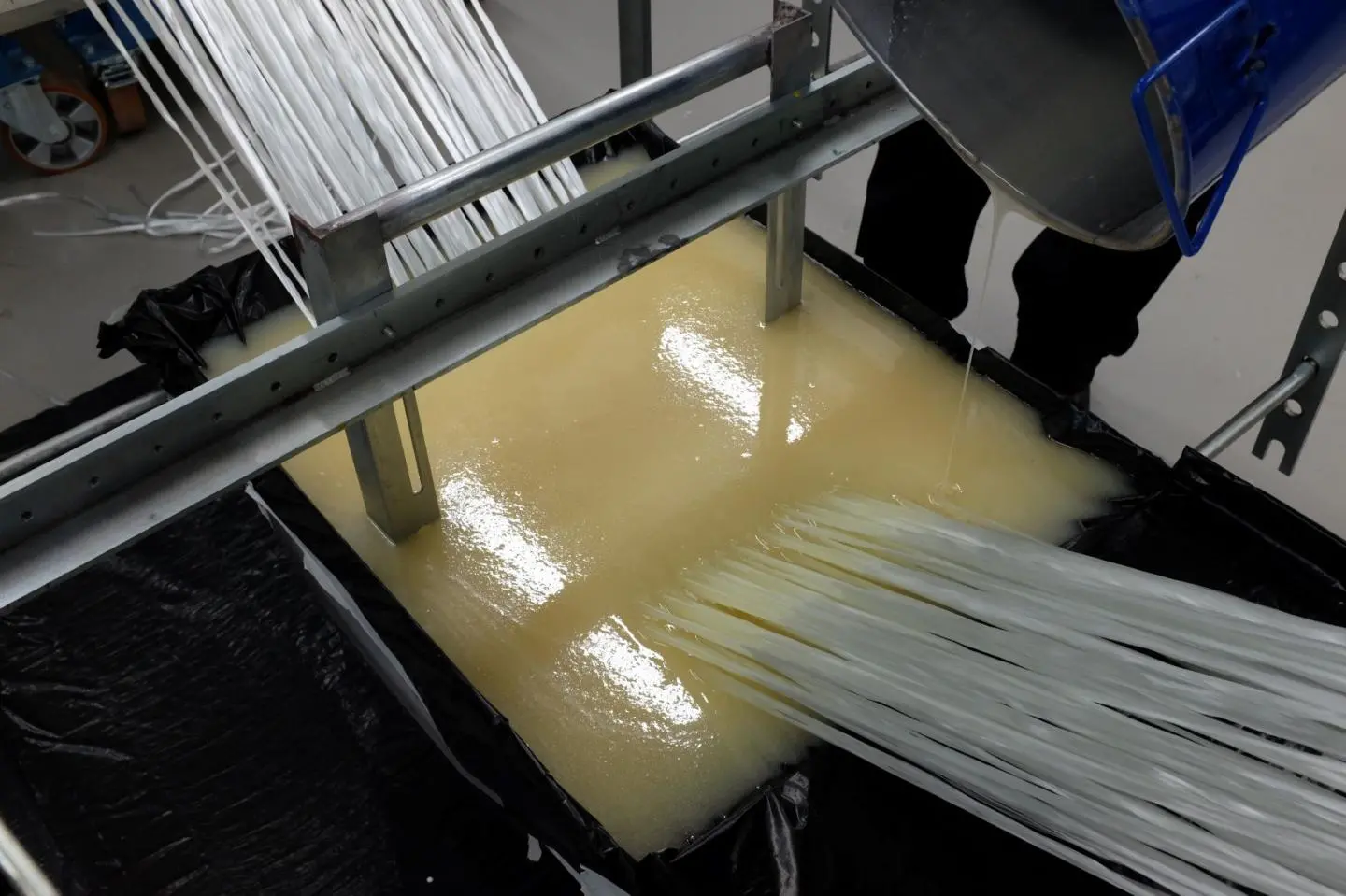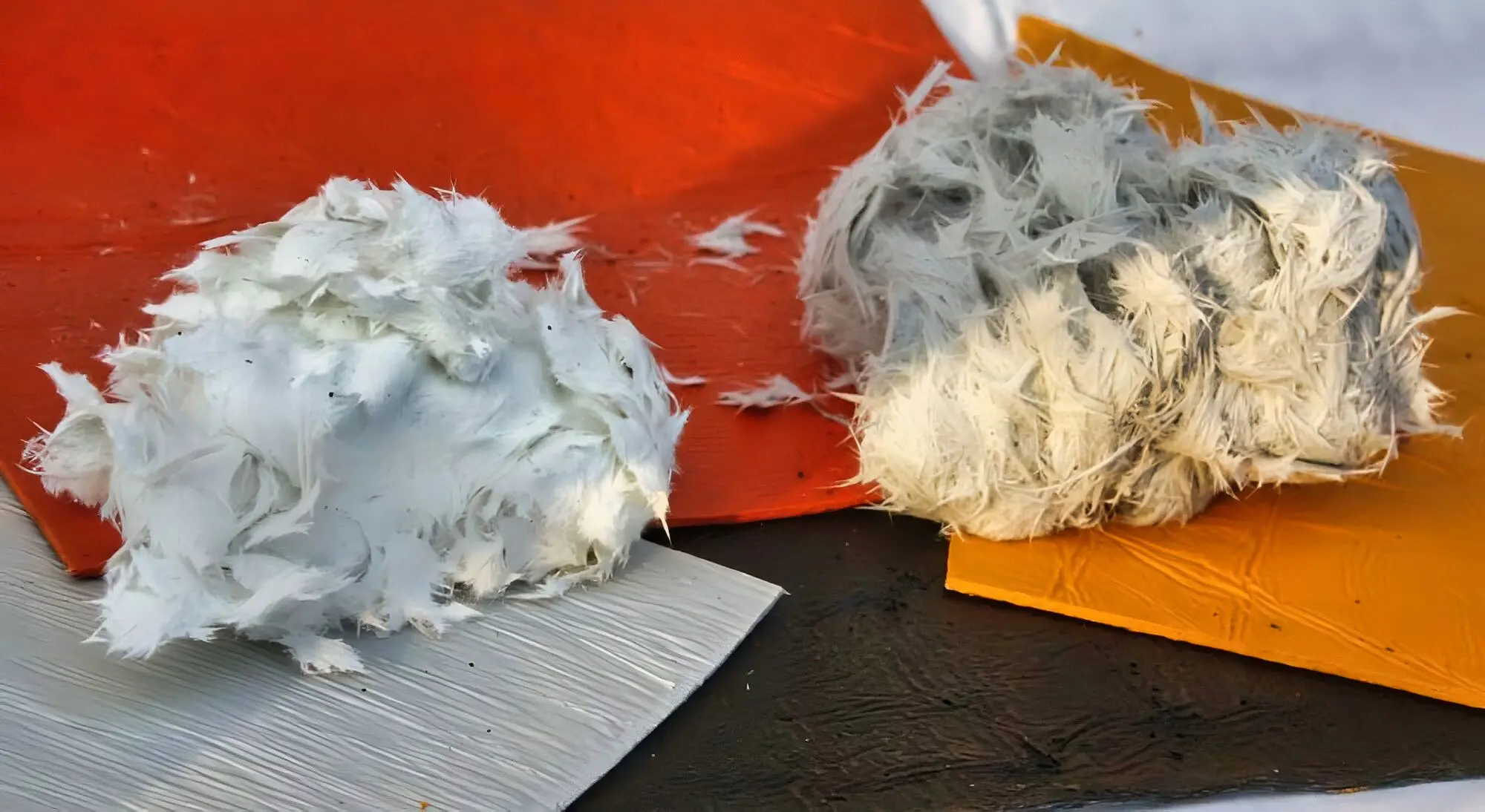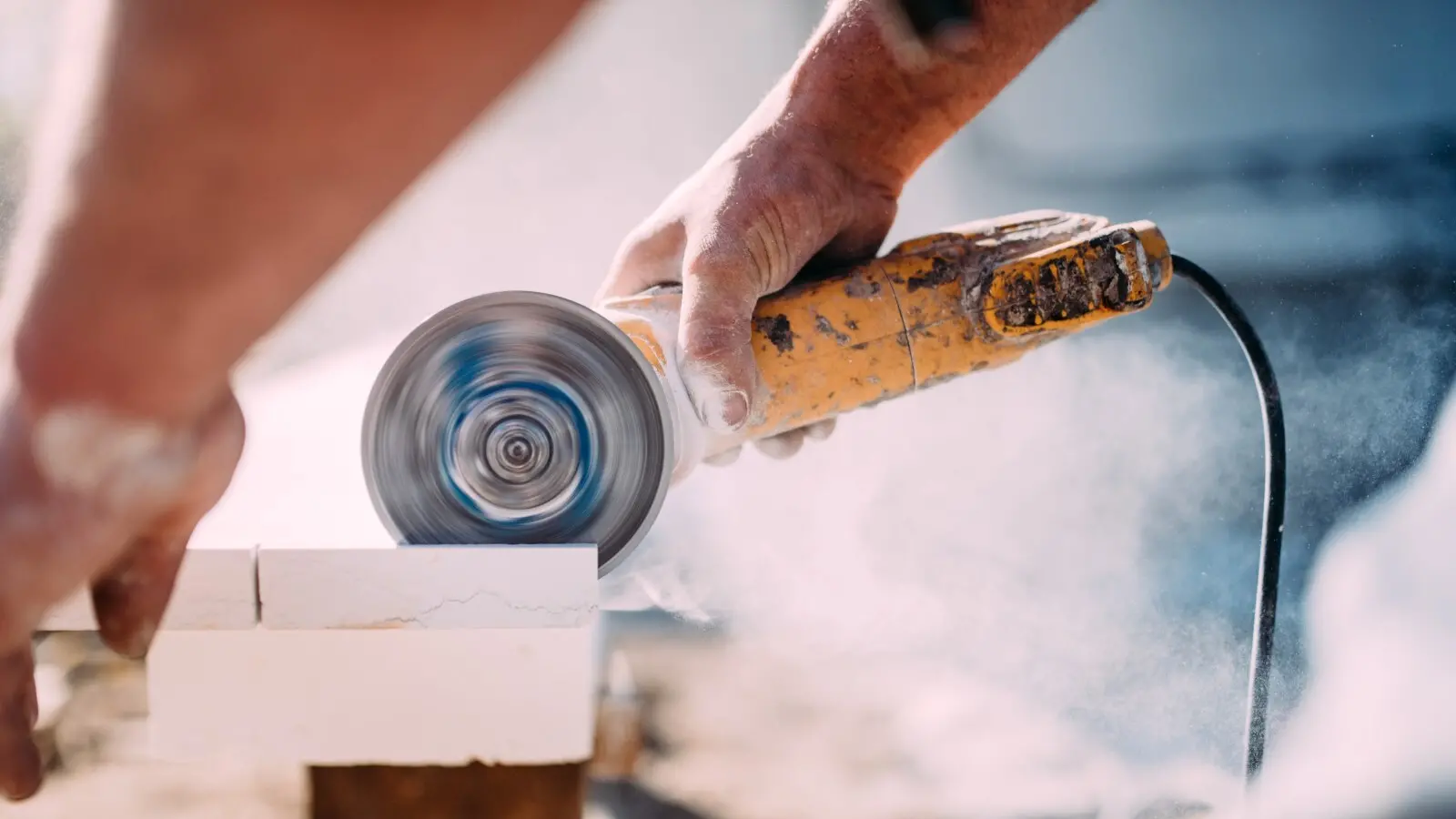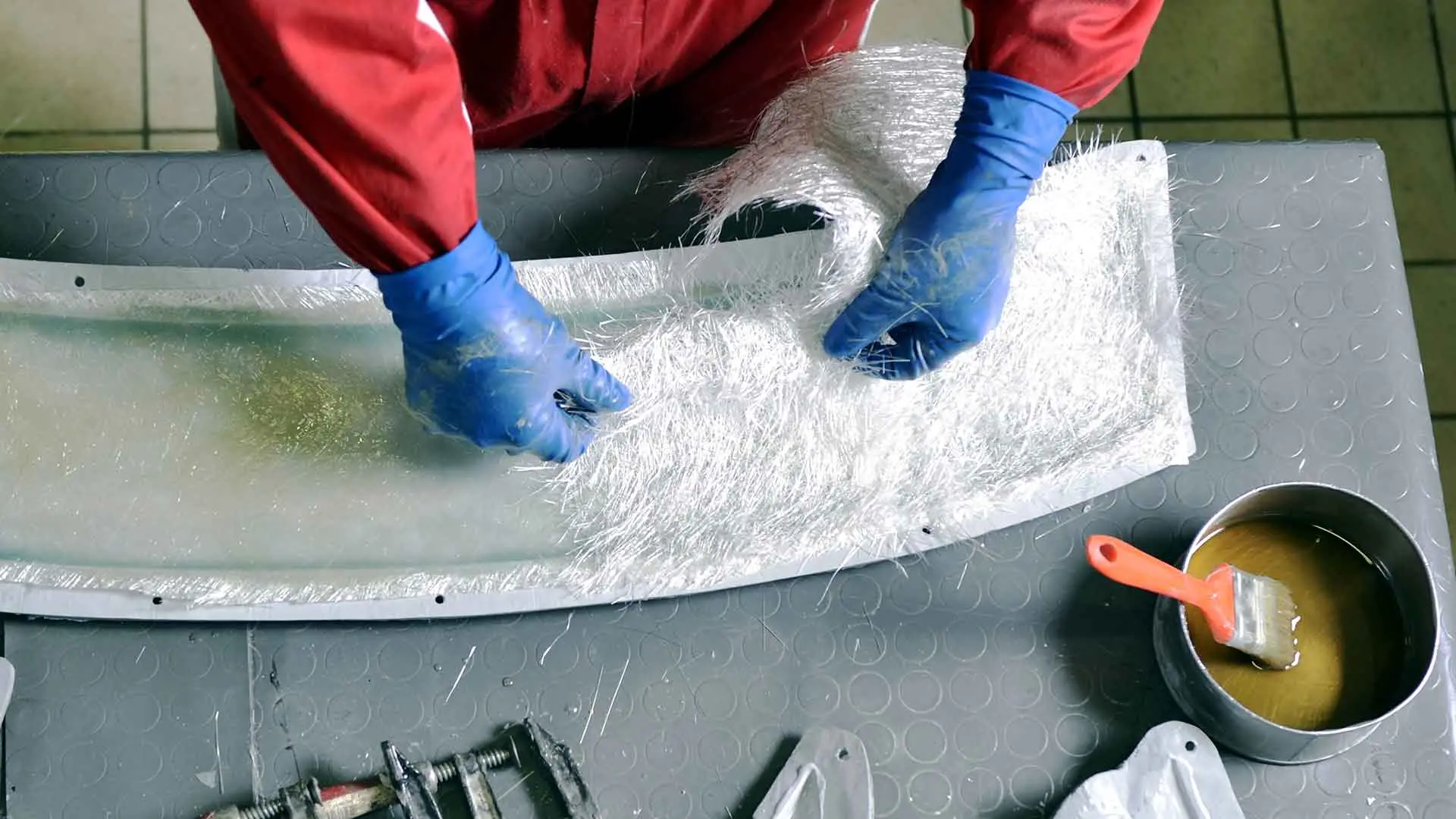Why Does Methyl Ethyl Ketone Peroxide (MEKP) Freeze at Low Temperatures?
Methyl Ethyl Ketone Peroxide (MEKP) is a curing agent commonly used for unsaturated polyester resins, and it is indeed possible for it to freeze under certain conditions. However, this occurrence is rare and typically requires two specific conditions to be met:
- The environmental temperature must be below 0°C (32°F).
- The peroxide content (specifically, the amount of hydrogen peroxide) in the MEKP is excessively high.
MEKP is produced through a reaction involving acetone and hydrogen peroxide in the presence of sulfuric acid. Many lower-quality MEKP variants exhibit water content levels ranging from 15% to 21%, primarily for economic reasons. Since the freezing point of hydrogen peroxide is approximately -0.4°C, a high water content combined with low temperatures can lead to the possibility of freezing or clumping.
In contrast, MEKP used for gel coats is of higher quality, typically containing less than 1% water. This ensures lower pinhole rates and improved curing efficiency, making freezing or clumping highly unlikely.
If MEKP does freeze or clump, the best course of action is to place it in an environment with a temperature above 0°C, allowing it to thaw naturally. Avoid applying direct heat or using it while frozen, as this could affect its performance.



